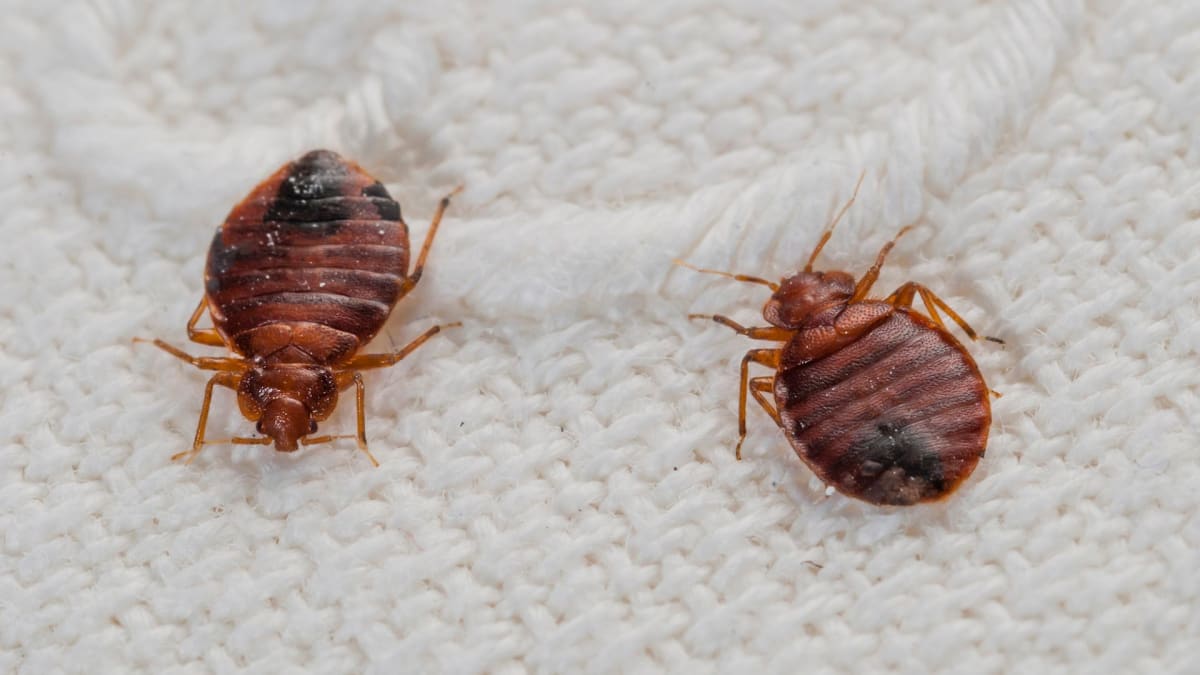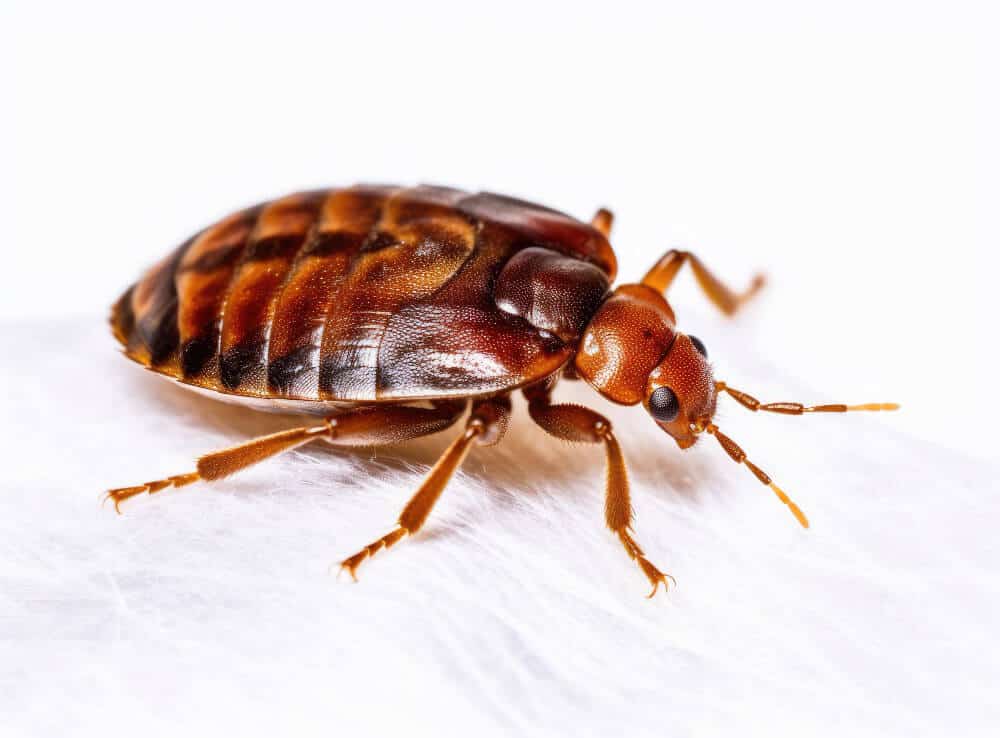Recognizing the Lifecycle of Bugs for Targeted Control Approaches
Comprehending the lifecycle of pests is a basic aspect of reliable bug management strategies. Via a deeper understanding of exactly how bugs develop and grow, tailored control approaches can be developed to resolve certain points in their lifecycle, ultimately leading to more successful parasite monitoring end results.
Value of Comprehending Insect Lifecycle
Recognizing the lifecycle of pests is essential for establishing efficient and targeted control approaches in insect monitoring. By understanding the numerous stages a bug experiences from egg to adult, bug control specialists can identify susceptible points in the lifecycle where treatment can be most effective. As an example, recognizing when larvae are most active can assist figure out the optimum timing for using larvicides. Additionally, understanding the life expectancy of a bug types can assist in predicting populace growth patterns and prospective invasion dangers.
Additionally, acknowledging the particular environmental conditions needed for every stage of the insect's lifecycle can direct decisions on environment alteration or exclusion methods to interfere with the lifecycle and lower insect populations. This expertise makes it possible for pest monitoring specialists to carry out proactive measures rather than counting exclusively on reactive treatments, bring about even more sustainable and lasting insect control solutions. Inevitably, a detailed understanding of bug lifecycles empowers parasite control specialists to tailor their strategies effectively, lessening environmental influences and optimizing control results.
Secret Phases in Bug Growth
To successfully implement targeted control methods in bug monitoring, an essential aspect lies in comprehensively identifying and comprehending the crucial phases in insect advancement. Pest development generally consists of several key phases that are essential for their lifecycle and management.
Vulnerabilities in Pest Lifecycle
Throughout the numerous stages of a parasite's lifecycle, unique susceptabilities emerge that can be tactically targeted for effective control procedures. One vital susceptability hinges on the egg stage, where parasites are typically extra vulnerable to specific pesticides or biological control representatives due to their soft outer covering, making them less complicated targets for intervention. Furthermore, the nymph or larval phase presents vulnerabilities as bugs undergo rapid development and development, calling for high energy usage that can be exploited by disrupting their food resources or introducing growth inhibitors. Pupal stages, defined by stability and improvement, offer a home window for targeted control with physical barriers or specific treatments that impede successful appearance. Adult insects, while a lot more durable due to their reproductive capacity, can still be vulnerable throughout mating or egg-laying activities, which can be interfered with via scent catches or sanitation methods. Recognizing these susceptabilities in the parasite lifecycle is vital for establishing effective and accurate control techniques that efficiently handle bug populations while minimizing environmental effect.
Applying Targeted Control Procedures

Executing read this targeted control measures commonly includes a multi-faceted strategy. This may consist of habitat alteration to make the environment much less hospitable to parasites, such as removing standing water for insect control or sealing entrance factors for rodents. Furthermore, biological click this site control techniques can be made use of, where natural predators or pathogens are presented to maintain insect populaces in check.
Integrated Parasite Monitoring (IPM) approaches that incorporate numerous control actions in a coordinated and lasting fashion are usually the most reliable in attaining lasting bug administration goals. By implementing targeted control measures based on a thorough understanding of pest lifecycles, pest populaces can be efficiently managed while reducing risks to human wellness and the setting.
Improved Insect Management Practices

Additionally, the unification of biological control agents, such as all-natural killers or pathogens of bugs, can help in reducing dependence on chemical pesticides and advertise a more well balanced ecosystem. Carrying out physical obstacles and catches can also belong to boosted pest monitoring methods, supplying non-toxic and targeted services for bug control. In addition, the use of pheromones and various other semiochemicals can interfere with pest breeding patterns and communication, resulting in decreased bug populaces with time.
Conclusion
To conclude, comprehending the lifecycle of parasites is essential for efficient insect administration methods. By recognizing key stages in pest development and vulnerabilities in their lifecycle, targeted control steps can be applied to decrease bug populations. Improved pest management methods can help reduce the dependence on broad-spectrum pesticides and promote more lasting Extra resources and eco pleasant pest control techniques. This understanding plays an essential role in maintaining healthy and balanced communities and farming efficiency.
Comprehending the lifecycle of parasites is crucial for creating reliable and targeted control methods in pest management. By comprehending the various phases a bug goes via from egg to grownup, pest control specialists can identify susceptible points in the lifecycle where intervention can be most successful. Eventually, a detailed understanding of insect lifecycles encourages parasite control experts to customize their strategies effectively, maximizing and lessening ecological influences control outcomes.
By applying targeted control actions based on a thorough understanding of bug lifecycles, bug populations can be properly controlled while lessening dangers to human wellness and the setting.
By recognizing essential stages in bug development and susceptabilities in their lifecycle, targeted control steps can be carried out to decrease pest populaces.